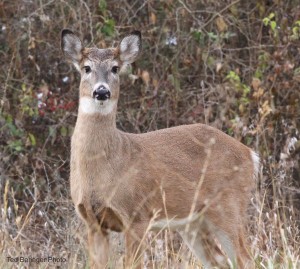Unusual Fish Discovered In Arkansas River
Emory Bryan, News On 6
Tulsa, Oklahoma
Most of us look at the Arkansas River and wonder what it would be like with more water. But there’s another view of the river that you haven’t seen, because it’s only possible on a rare few days of clear water. Those rare days allowed researchers to document a population of an unusual fish for this area, the shovel nose sturgeon.
The Arkansas River usually only has strands of what appears to be muddy water. Biologists know there’s a rich diversity of fish, but only through a remarkable bit of luck, were they able to show the rest of us.
“And we found just wads of fish that you wouldn’t think would be here in our backyard,” said Josh Johnson with the Department of Wildlife Conservation.
It started with an idea to see if any sturgeon were still in the river. Hardly anyone in the Wildlife Department had ever seen one.
“We never even took into consideration that this might have been a better place to look for them, and all of a sudden this guy calls in and he’s caught one,” Johnson said.
That led to an underwater survey on what turned out to be three days of clear water in unbearable cold, the water was just above freezing but there was 20 feet of visibility. They saw stripers and buffalo fish and photographed five shovelnose sturgeon.
“I know it was a big deal for us and we have biologists who have been around 35 years and still never seen one, so it’s kind of amazing,” Johnson said. Back in the office, they’re still going over hours of video that detail the remarkable diversity and incredible numbers.
“But there’s a hole that went six or seven feet, and it was just holding all these fish,” he said. The Wildlife Department said in one hole in the river, they believe they saw a school of 100,000 channel catfish.
The fact that it was in the middle of Tulsa amazed even the biologists. The video was shot at Christmas in 2012, and almost every day since they’ve gone back to check the water.
“It’s never cleared up like that again, ever since,” Johnson said.




